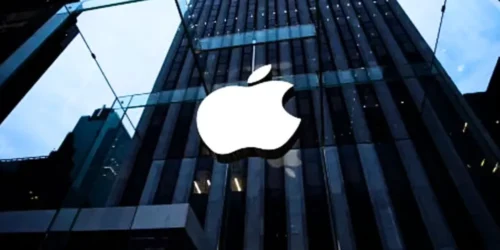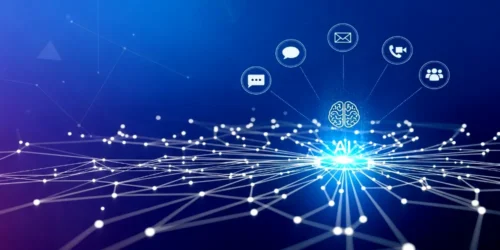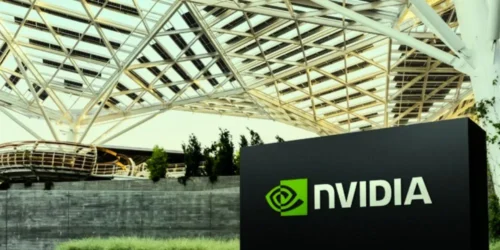From the moment your smartphone alarm wakes you up to the minute you stream a show before bed, you are living inside a world built by information technology. We tend to think of IT as something that happens in corporate server rooms or behind the screens of software developers. In reality, IT is the invisible, indispensable operating system for modern life, quietly shaping how we work, play, and connect every single day.
The New Town Square
Remember when keeping in touch meant writing a letter or waiting for a long-distance phone call? Information technology has completely demolished those barriers. Our communities now exist as much online as they do in person. We share life’s big moments on social media, coordinate family plans in a group chat, and see our loved ones’ faces through video calls, no matter how many miles separate us. It provides the digital infrastructure for our most human need: connection.
Redefining the 9-to-5
The traditional office is no longer the only place where work happens. Thanks to IT, the workplace is now equipped with a reliable internet connection. Cloud computing enables us to access our files from anywhere, and collaborative platforms like Slack or Microsoft Teams facilitate real-time teamwork with colleagues across the city or the globe. This shift provides us with incredible flexibility, but it also challenges us to establish new boundaries between our professional and personal lives.
Your World, On Demand
Craving a new album, a specific movie, or a random fact about penguins? Information technology delivers it instantly. Streaming services, online shopping, and the vast library of the internet have rewired our expectations. We no longer have to wait for a store to open or a show to air. This on-demand culture, driven by complex data centers and high-speed networks, has put unprecedented control and choice right at our fingertips.
The Double-Edged Sword of Data
Of course, this constant connectivity has a flip side. Every online action we take, from a simple search to a “like” on a photo, creates data. This information helps platforms personalize our experience, showing us content and ads they think we’ll find relevant. However, it also raises important questions about privacy and security. Navigating the digital world responsibly means being mindful of the digital footprint we leave behind.
Becoming a Conscious User
Information technology isn’t just something that happens to us; it’s a set of powerful tools waiting for our direction. It’s not about knowing how to code but about understanding how these systems influence our habits. By learning to manage our notifications, protect our data, and consciously disconnect, we can harness the incredible power of IT to build a more connected, efficient, and balanced life, making us the masters of our digital world, not the other way around.













